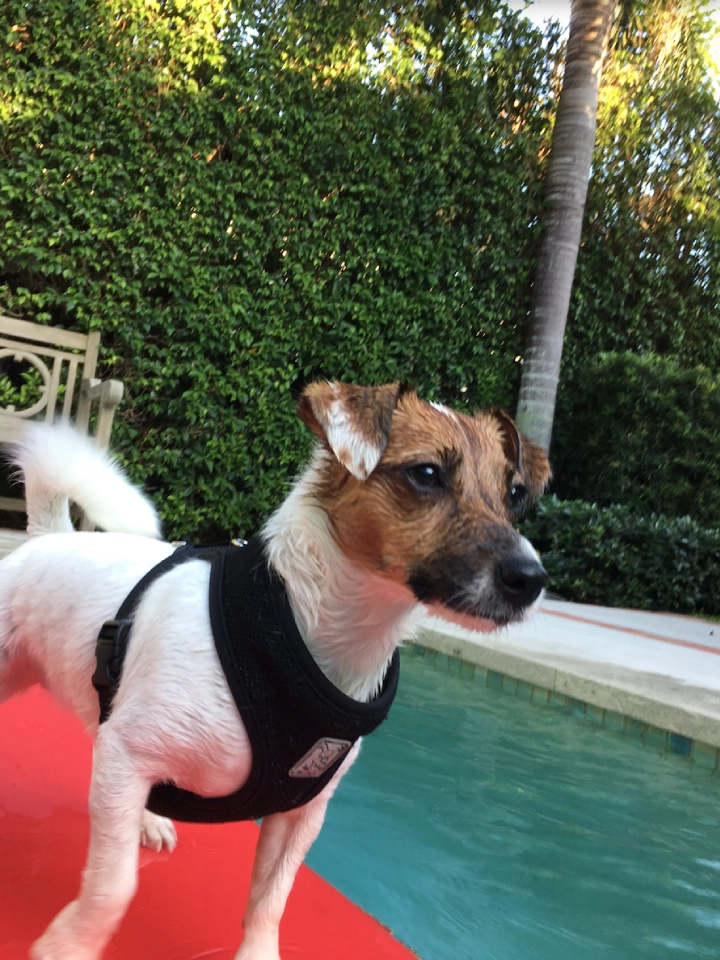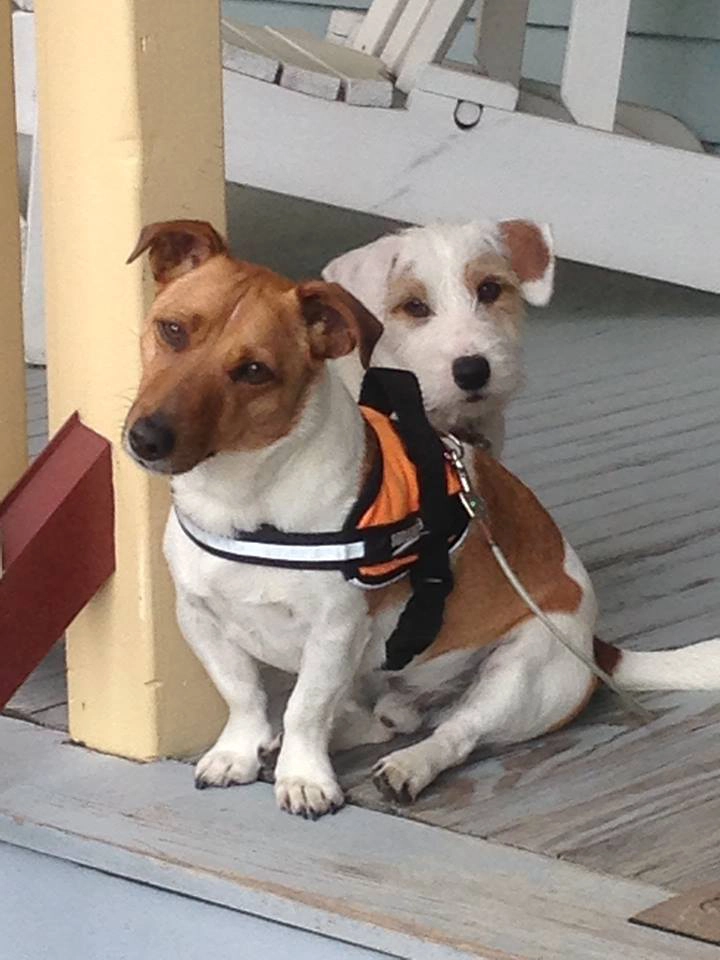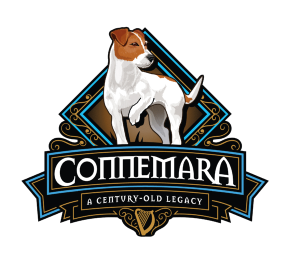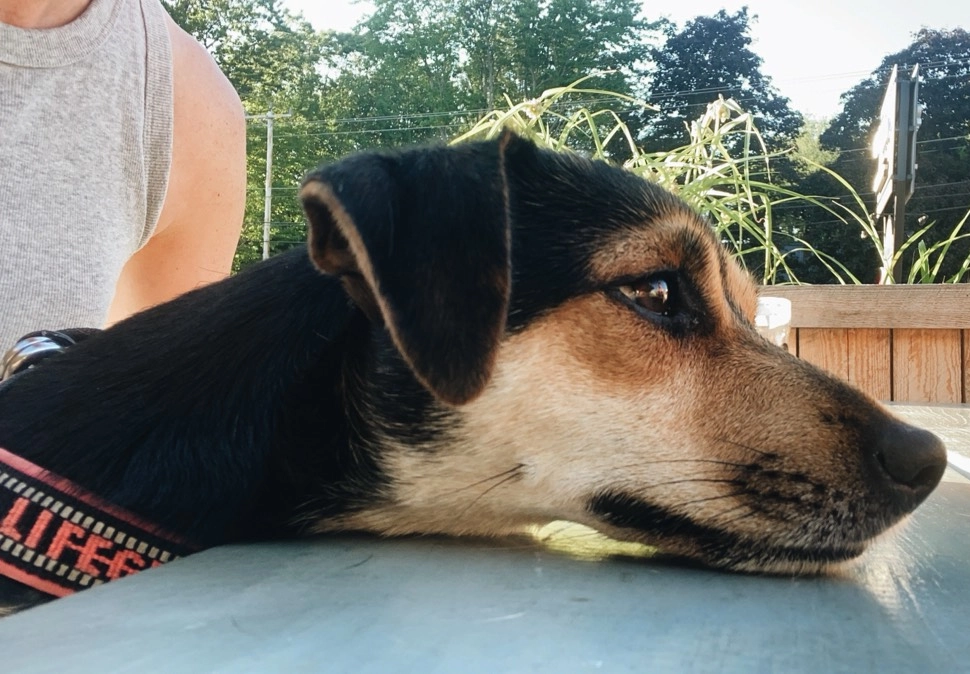
Why we use this method on all Connemara breedings
In the case of the Connemara Jack Russell Terrier, the breed/line population is small. So preserving its remaining genetic diversity is absolutely vital to their survival. Calculating COI’s as far back as we are able, will allow us to continue our breeding program and breed healthier dogs. Since low-population breeds (or in our case the low-population Connemara line) can be at greater risk from genetic disease, due to “no place to go,” (limited gene pool) maximizing genetic potential in this manner is the difference between extinction and survival. In fact, it is also the very technique used by zoos and others who are trying to preserve endangered species in captivity.
Getting reliable hereditary disease history on past generations can be difficult as we obviously did not raise, live with or health test the dogs bred by Irish breeders long ago. And as well, they did not have the capabilities back then to be able to health test nor did they keep accurate records on health issues. So, having said that - Breeding for low COIs will reduce our risk of producing any unknown health problems we were unaware of. With a lower COI we are lowering the probability of doubling up on any of those unwanted genes that every line has back there somewhere.
In calculating the Connemara's COIs, we use all known generations in the pedigrees. Every last bit of information in their pedigrees are used when the program runs and calculates the COI. Anything 12.5% and above is considered alarmingly high to pair up as at that point, it begins to significantly increases the risk of turning up something unpleasant.
Why knowing the COI is important for any breeder
Health Testing and ancestral analyses are the two most important things breeders can do to eliminate or prevent disease in dogs; however, we are not mother nature and many of the diseases have not had DNA markers established for them nor are we always able to locate enough information on ancestors to know definitively what they may or may have carried. With that said, we need to be testing and pairing our dogs against other dogs that we believe will positively offset them (considering all things: health, conformation, temperament, etc.).
In-breeding and sometimes line-breeding perpetuates the problems found in dogs as a dog used over and over again in the same line may carry a disease unknown to the breeder, and the negative gene is then doubled, tripled and quadrupled in its offspring. Because of all of the unknowns involved, we subscribe to Dr. Armstrong’s breeding recommendations of using only dogs with a co-efficiency of inbreeding below 10% (Connemara actually goes further and uses 3.6% as our upper limit), in addition to conducting diligent research into the health of the dogs in our lines. At a bare minimum, we do not believe anyone should be breeding anything above 6.25% COI.
Coefficients of inbreeding are an important tool to apply to a breeding program. COIs provide us with a vital bit of information that is a part of our decision-making process. Co-efficiencies or C.O.I. percentages are noted next to each of Connemara’s upcoming litters.
Behind the cute photos

"Paddy" a first generation heritage jack russell, waiting patiently for his Mom Nancy on a street in Maryland

"Mabel" is another water dog who enjoys her Maryland pool.

"Maxwell" is Mabels little brother. They both live in Maryland and Florida. Both are Connemara Terriers.

"Mic" & "Paddy" live near the water in Maryland. What lucky Jack Russell puppies!

